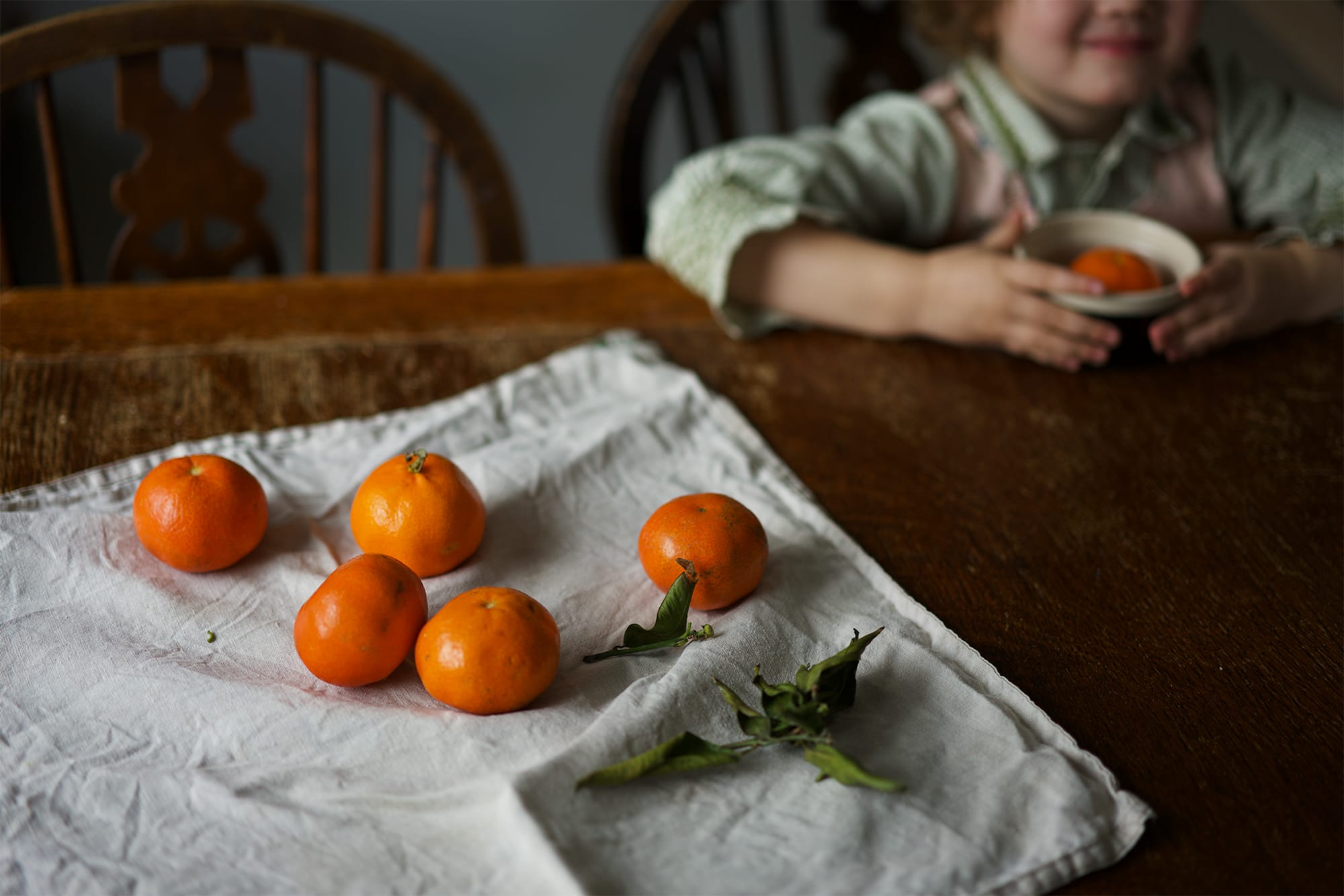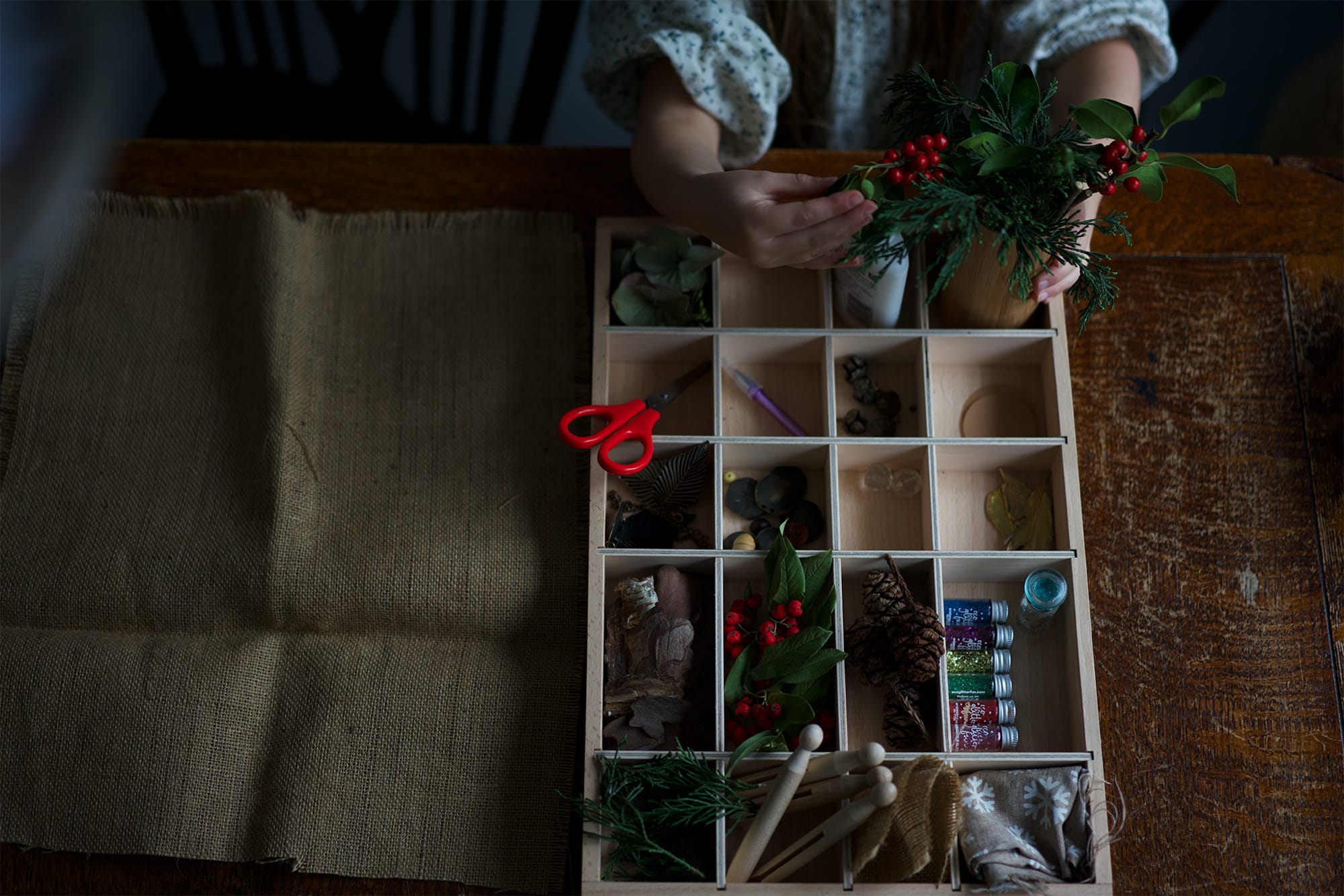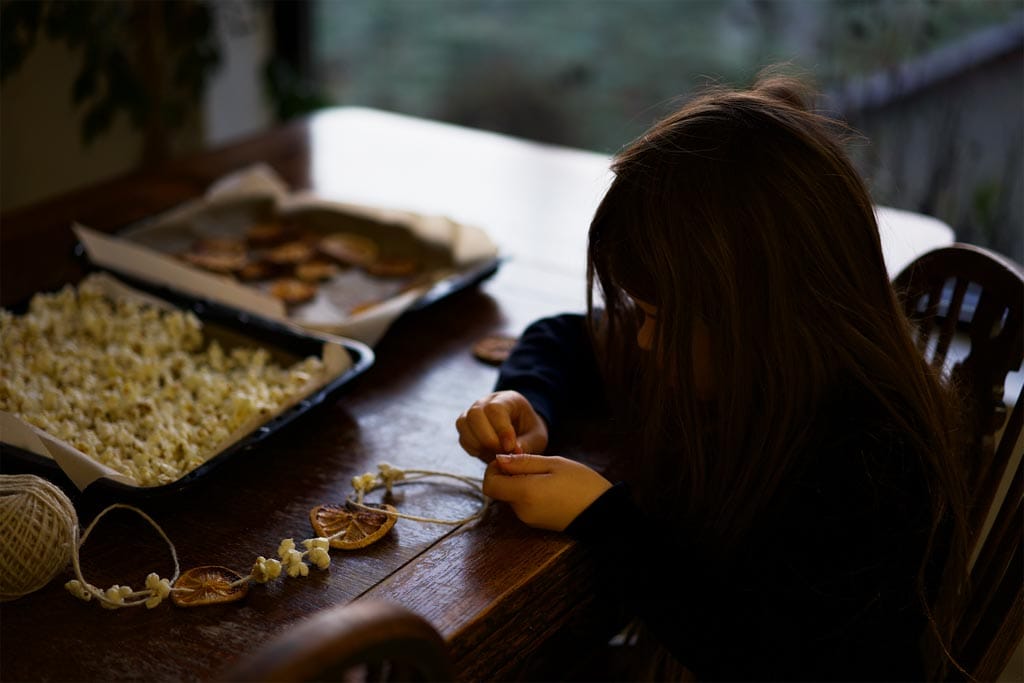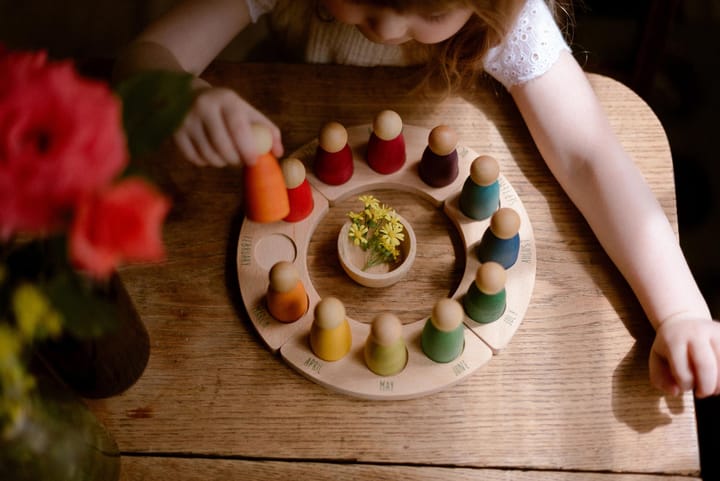Use nudges to inspire independence

This is the third email from the free email series, Breaking the screen-time habit. To read the rest, sign up here.
How’s the screen-free fun going so far?
If you’re like me, you probably haven’t implemented any of it yet. You’re thinking about it. You want to see the mini-series in full before committing. And that’s OK.
It’s my job to convince you that you’re on the right path.
And today might be the day that I do it.
Activities don’t work
If they did, you wouldn’t be here, looking for answers.
You’re probably tired of trawling the internet for the perfect “rainy day activity for five-year-olds” or hoping to find that magic solution that keeps your child busy for an hour without a screen. The truth is, that perfect activity doesn’t exist—not in the way we hope it does. The key isn’t in any single activity; it’s in the environment, the space, the habits you create for your child.
And I use the term “play space” in the broadest sense possible. Not just the playroom (if you have one) but your entire home, your garden, the street, and even the places you go together. Even more importantly, it’s about the places your child goes in her mind. Where does her imagination take her? Does she have the confidence to persist with her games when the going gets tough? And what mental tools and habits does she have to help her succeed?
Sure, some activities work brilliantly—but let’s be honest, how often do you get it right? And how long does it last? As parents, we rarely have the time to set up several activities or dedicated play areas like a preschool would, with separate spaces for reading, art, and building.
So, we have to approach this differently. Rather than focusing on individual activities, we focus on creating an enabling environment that nudges our children toward play, discovery, and creativity naturally. This doesn’t mean devoting your entire home to playtime; it simply means making screen-free choices so easy and inviting that they become your child’s instinctive choice.

Why is the screen habit so hard to break?
Because it’s easy - easy for you, easy for your child. Screens fill the gap effortlessly. And, just as easily, they turn into a habit.
But what if the path to screen-free play could be just as easy? That’s where today’s focus comes in: creating an enabling environment at home. The right environment doesn’t just encourage play; it makes breaking the screen habit easy and building new habits natural. When the surroundings and habits support one another, your child’s screen-free time will feel effortless and engaging.
In future editions of our Screen-Free Saturdays* newsletter, we’ll explore how small nudges and habit-building strategies can make screen-free time feel like the natural choice. Today, we’ll introduce some of these concepts to help you get started.*
What is an enabling environment?
An enabling environment is more than a play space—it’s a setting that supports creativity, independence, and hands-on problem-solving. It gives your child the resources to make screen-free choices on her own, over and over, until those choices become habits.
Creating a screen-free environment isn’t about complexity. It’s about making screen-free options obvious, appealing, and accessible. When her play options are visible and inviting, your child will instinctively turn to them and learn to play, create, and explore without screens.
The goal: Set up a space that nudges your child toward enriching activities that help her grow in grit, creativity, and self-starting.
Screen-Free Saturdays is about helping our children make positive choices more naturally. It’s designed to nudge them towards choosing play and to guide families in setting the habits that support these choices. Each edition will offer activity ideas, but they’re secondary to the main goal: creating an environment that reduces the demand for screens and shows children there’s something even better. While I can’t know exactly what your child will respond to, I’ll offer a range of ideas - hopefully some you haven’t considered. The core focus will be on guiding you to create the right environment and develop the habits that help her choose screen-free play more often.

Creating a play environment that nudges toward screen-free choices
Rather than relying on individual activities, let’s focus on creating an environment that gently nudges your child toward screen-free play, making it her natural choice. Just as screens effortlessly fill a gap, a well-designed play space can fill the screen-free gap with cues and habits that pull her into curiosity, movement, and creativity.
Here are some ways to “nudge” your child toward screen-free play:
1. Use visual cues to spark curiosity
Screens are visually magnetic because they offer instant, colourful, changing stimuli. But we can create visual cues that are just as inviting, especially when they’re part of the everyday environment. The key is to keep these cues simple, visible, and ready to play with.
- Accessible collections. Rather than setting up a full “activity,” create collections that invite play on the spot. Arrange small collections of open-ended materials—like blocks, shells, fabric scraps, or art supplies—at your child’s eye level. Let these collections be visible and accessible so that, just by walking past, she feels invited to dive in.
- Mini “stations”. Think of play as something that can happen anywhere and in small bursts. Set up a few mini stations around your home: a drawing nook in the kitchen, a small stack of books near the sofa, or a bin of blocks in the hallway. The goal is to make play feel as immediate and accessible as screens, nudging her into play wherever she goes.
2. Design Play Options That Promote Choice and Independence
Children love having some control, and the more choices they feel they have, the less they seek screens as their only option for entertainment. By creating choice-friendly play spaces, you can encourage her to take ownership of her playtime.
- The power of choice cards: Create “play choice cards” with simple ideas for both independent and collaborative activities. Keep the cards somewhere easy to access, like a small box or drawer in the play area. When she needs inspiration, she can choose her own play option, building independence and reducing the pull of screens.
- Rotate and limit: Rather than overwhelming her with all her toys at once, choose a small selection and rotate them weekly. This keeps choices fresh and prevents decision fatigue, which can lead to “I’m bored” moments that often turn into screen requests.
- Redefine play. Play is more than just toys and activities. Give your child the responsibility to lay the table at mealtimes. Leave a water jug on the table. Prop the broom in the corner of the room. Which chores might she delight in doing? Folding towels is fun when you're five. A space that invites your child to contribute to the housework is one where she is proud to take responsibility. Make high shelves accessible with a portable step. You might be surprised by the activities that your child considers to be worth her time. Just avoid turning it into 'work'. As soon as the fun ends, allow her to stop. You didn't really need help with those dishes. Your child gained a sense of agency. That was the point.
3. Build small routines that “pre-commit” to play
Sometimes, just getting started is the hardest part. To make play an easy, natural choice, use routines that help your child “pre-commit” to screen-free play.
- Anchor play to daily routines. Attach small play habits to routines that are already part of her day. For example, she could have “breakfast play” where she spends 10 minutes with her drawing pad or building blocks after breakfast each day. This type of play ritual, anchored to existing routines, becomes a habit she starts automatically.
- Set up a play “Start Ritual”. Have a mini routine that signals it’s time to play, like choosing a play card from her choice box or putting on a favourite song. These small rituals nudge her into play mode, making the shift to screen-free time feel as natural as starting her favourite show.
4. Simplify clean-up to encourage play without friction
One reason screens are so appealing is that they require no effort to start—or to stop. To encourage screen-free play, make the setup and cleanup of playtime just as friction-free.
- Baskets for fast clean-up: Place a few baskets around the play area or home where she can easily toss toys or materials when play is done. This helps her feel that starting a play activity doesn’t mean a big cleanup later, reducing any hesitation she might feel.
- Involve her in setting up the space: When children take part in creating their play environment, they naturally feel more inclined to keep it up. Invite her to choose where things go or how collections are displayed. The more she feels ownership over the space, the easier it will be to jump into play without overthinking setup or cleanup.

The power of the environment: encouraging screen-free play naturally
When your home becomes a gentle nudge toward play, your child will feel screen-free options are the obvious choice. Instead of setting up activities, focus on the environment and habits that make screen-free play the “path of least resistance.” When play options are easy to start, visible, and structured for choice, screens lose their pull.
In Screen-Free Saturdays, we’ll dive deeper into these ideas, exploring practical ways to create a home environment that makes screen-free choices natural and fun.
Today’s challenge: set up your screen-free play zone
Let’s get started! Here are the steps to create an inviting, enabling environment for play at home:
- Choose a space where your child has room to move and play. This could be a living room corner, a part of her room, or an outdoor area.
- Gather materials that are suitable for both quiet and active play, and make them accessible.
- Create your boredom jar or box with both indoor and outdoor ideas, so your child can have options when she’s looking for something fun to do. Look out for a bonus module in the next few days where we explore boredom jars in more detail.
Setting up this space may take a bit of planning, but the payoff is huge. With screens off and play within reach, your child will naturally gravitate towards more independent, creative activities.
A deep dive into habits and nudges
We’re just scratching the surface, here. The heart of Screen-Free Saturdays is about arranging your home and play spaces so that screen-free fun becomes the easy, obvious choice. While you can’t always know what will spark your child’s interest, you can create an environment that invites her to explore the play potential of the world around her.
Looking ahead: building the boredom muscle
Tomorrow, we’ll tackle an essential skill in reducing screen time: learning to handle boredom. Boredom isn’t the enemy - it’s often the gateway to deeper creativity and play.
See you tomorrow,
Alexis
P.S. Screen-Free Saturdays will take these ideas even further! We’ll explore Nudge and Atomic Habits techniques to show how small changes make big differences in creating a screen-free lifestyle. You’re already on the right path. Let's keep making progress!



Comments ()